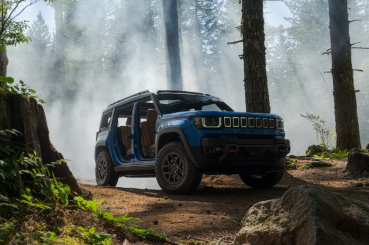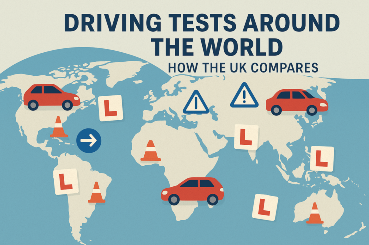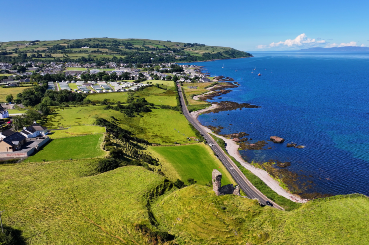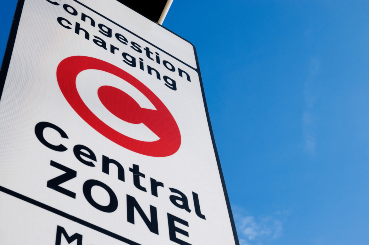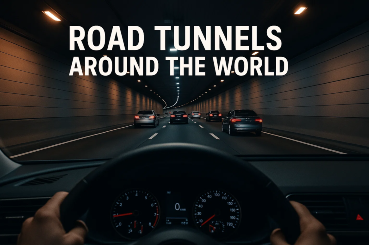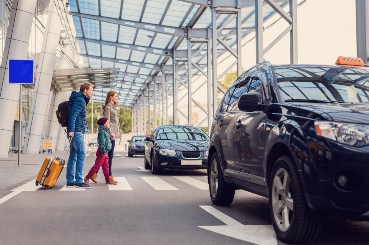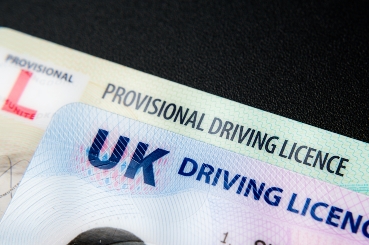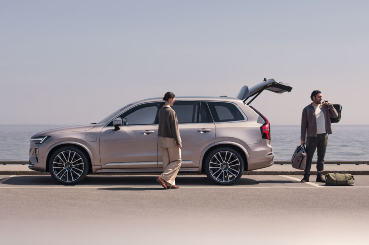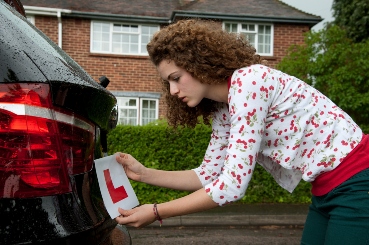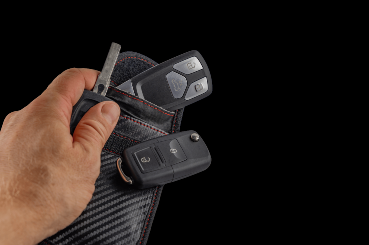Traffic lights while necessary, certainly aren’t always popular. In fact, at times they can feel like a personal vendetta, especially, when you’re running late and they turn to red just as you’re approaching. In such circumstances, it’s easy to forget the vital role traffic lights play in keeping both road users and pedestrians safer and in helping to keep traffic flowing.
So we thought we’d take a look back at the history of traffic lights.
Timeline of the History of Traffic Lights
1868 – Traffic signals installed outside The Houses of Parliament
1912 – Electric police operated traffic light system created
1914 – First electric stop-go traffic lights installed in Cleveland, Ohio
1919 – First three-colour traffic light system used in Detroit
1922 – First electrically synchronised traffic signals installed in Houston, Texas
1926 – First manually operated three-colour traffic lights used in Piccadilly, London
1927 – Automatic three-colour traffic lights tested in Princes Square, Wolverhampton
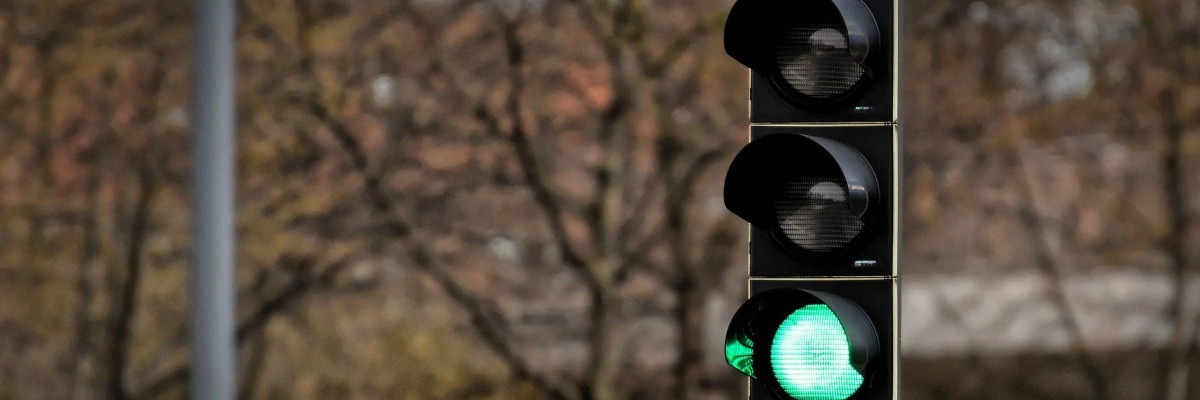
The First Traffic Lights
The very first traffic lights were introduced outside the Houses of Parliament in London in 1868. British railroad engineer, John Peake Knight, modified a signalling system from the railway for use on city streets to control the traffic of horse carriages and allow passengers to cross the road safely. He utilised an adapted version of semaphore arms to signal during the day and red and green coloured gas lights at night.
While initially, the system helped to improve traffic flow and improve safety for pedestrians, using gas lights proved too risky. On the night of the 2nd January 1869, the gaslight exploded and killed the policeman who was operating the lighting signal.
Moving On From Disaster
Following the unsuccessful introduction of road traffic light systems in Britain in the 1800s, things started to move up a notch in the 1900s. With the rise in popularity of the motor car, it became increasingly apparent that something was required to enhance the safety of pedestrians. Plus thanks to the advent of widespread electricity a new traffic sign system became more feasible.
Lester Farnsworth Wire, a Salt Lake City policeman, created the very first electric traffic light system in 1912. It involved mounting a wooden box on a wooden pole and fitting it with two light bulbs, one dipped in red and the other in green. The light bulbs were then connected to the overhead wire used for the trolleybus, enabling them to be controlled by a switch operated by a nearby police officer.
On 5th August 1914, the first fully electric traffic signal system was installed at the corner of Euclid Avenue and East 105th Street in Cleveland, Ohio. It was based on the ‘Municipal Traffic Control System’ design by James Hoge which was later patented in 1918. The Cleveland signalling system utilised four pairs of red and green lights designed in such a way that conflicting signals were impossible.
In 1919 William Potts from Detroit, Michigan invented the first four-way, three-colour traffic lights introducing the amber light. While 1922 saw the first electrically synchronised traffic signals installed in Houston, Texas.
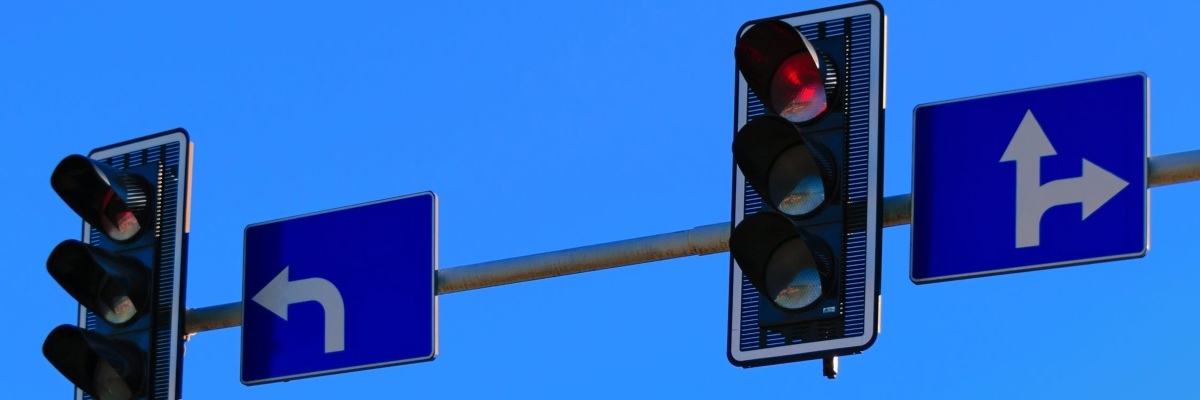
The Reintroduction of Traffic Lights in the UK
In the UK, the first manually operated three-colour traffic lights were first used in Piccadilly, London, in 1926. With automatic lights making their first appearance on an experimental basis in Princes Square, Wolverhampton, through November 1927. The experiment was a success as the lights became a permanent fixture in 1930.
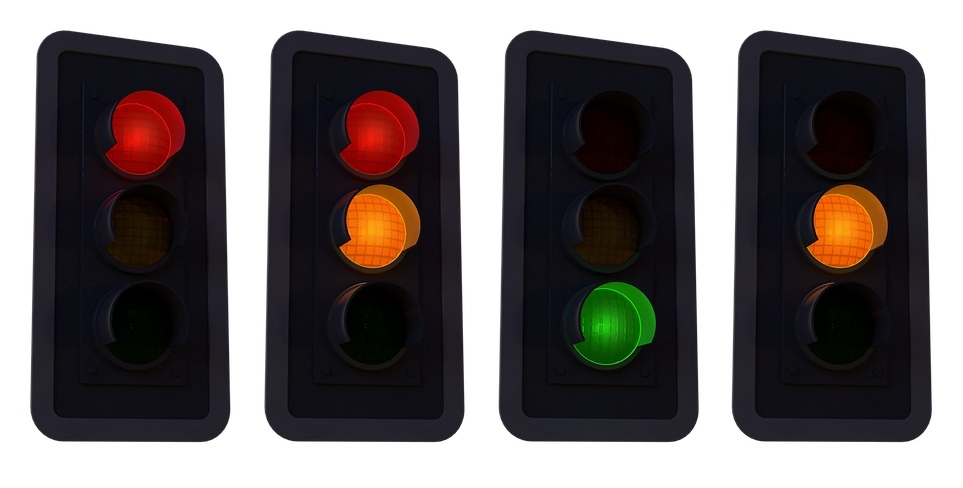
Traffic Light Sequence
The traffic light sequence is as follows:
- Red = stop
- Red and amber = prepare to go
- Green = go
- Amber = indicates you need to stop
The Future of Traffic Lights
So now we’ve taken a look at the history of traffic lights, it’s time to look to the future. In the 1960s, the advent of computers saw traffic light systems become computerised which was a huge development. Since then, as computer systems evolved and improved, so too have traffic lights.
Now traffic lights can monitor traffic and change automatically. The data collated can be used to predict and control traffic flow in cities to ensure that traffic moves as freely as possible.
As traffic worldwide continues to grow, so too does our reliance on traffic lights. In future, connected vehicles will likely be able to communicate with traffic lights as well as with other vehicles to enable traffic to flow even more freely as we experience higher traffic levels.
If you’ve enjoyed this article on the history of traffic lights why not take a look at our blog on whether self-driving cars really are the future? It gives an insight into how cars and traffic signals may work in conjunction in the future.



